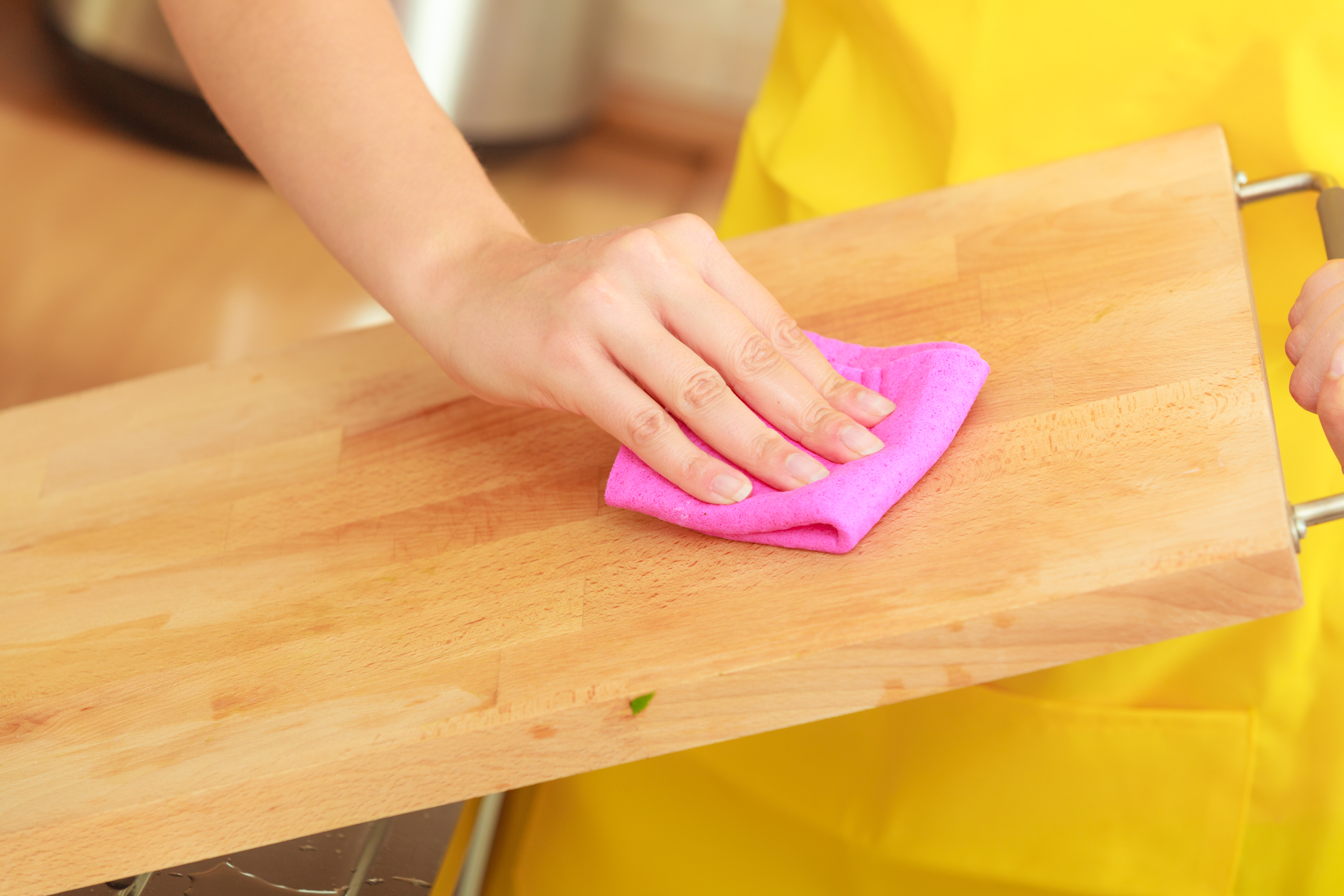How to Clean Your Wood Cutting Boards: 5 Effective Tips
Posted by Hardwood Lumber Company on Jan 23rd 2020
A cutting board is one of the most helpful and heavily used tools in the kitchen. Much like your other tools and appliances, your wooden cutting boards need attention and care. A proper maintenance routine starts with a thorough cleaning.
Why Should You Clean Your Wood Cutting Boards?
There are several reasons why you should regularly clean your wood cutting boards. One of the main reasons is that cleaning helps your cutting boards avoid damage and maximizes their lifespan. A tool that appears damaged or worn out can affect the appearance of your entire kitchen.
Cleaning also removes any bacteria, food particles, and other materials left from food preparation. Removing these substances helps reduce the risk of cross-contamination and foodborne illnesses.
How to Clean Wood Cutting Boards
Whether you just purchased a new cutting board or are looking for new cleaning techniques for wooden appliances, here are some helpful tips:
1. Start With Soap and Water
The first step of cleaning wood cutting boards is applying soap and water, just as you would do when washing other dishes and kitchen appliances. Scrub the entire wood surface with a clean sponge and thoroughly rinse off both sides. Be sure to remove any remaining food particles or soap suds.
2. Disinfect to Remove Bacteria
Bacteria can grow inside knicks and scratches on the wood cutting board surface. These imperfections occur naturally from normal daily use.
Remove any lingering bacteria by using a disinfectant such as pure white vinegar or diluted household bleach. Dip a cloth in your solution of choice and wipe off the wood surface on both sides.
You can also choose to soak your wood cutting board in the disinfecting solution. However, it is recommended that you let it sit for a few minutes. A prolonged soak can cause imperfections or damage to your cutting board.

3. Scrub Out Stubborn Stains
Stains on wooden cutting boards can happen very easily from food preparation. This is especially true when working with foods such as tomatoes or strawberries. If you notice a stain on your cutting board, it’s best to take action as soon as possible. Stains become harder to remove over time.
Start by sprinkling a liberal amount of salt or baking soda on the cutting board surface. Then, take a sponge or brush, soak it in hot water, and scrub the affected area until the stain is gone. For an extra touch and fresh aroma, cut a lemon in half, sprinkle salt on the flat side, and then scrub the stained area.
After removing a stain, rinse off your wood cutting board under lukewarm water for a few minutes. Pat dry with a towel to remove any excess moisture.
4. Remove Odors from Pores
Pores in wood cutting boards can harbor unpleasant sour or mold-like smells. To eliminate these odors, mix a cup of baking powder and a cup of white vinegar to create an oxidizing agent and apply it with a cloth. Another option is cutting a lemon in half and scrubbing the surface while holding the rind, releasing the natural juices. Allow your solution of choice to sit and sink into the cutting board for a few minutes before rinsing it off with water.
5. Finish with Oil and Conditioner
After removing food particles, stains, and odors, you can further treat your wood cutting board by applying a quality food grade mineral oil and conditioner. These products will maintain the appropriate level of moisture and prevent the wood from drying and cracking.
Shop Oil and Conditioner Products
Mistakes to Avoid
With improper steps or cleaning techniques, it is possible to damage your wood cutting boards. Here are some common mistakes to avoid:
- Don’t put your cutting board in a dishwasher. Too much contact with water will cause the wood to swell, resulting in separated fibers and cracks in the wood.
- Don’t lay a wet cutting board flat on its surface. Laying flat can trap and lock-in excess moisture, which can result in the buildup of bacteria.
- Don’t let stains go untreated. Remove them as soon as possible. Stains become harder to remove over time.
Invest in High-Quality Wood Cutting Boards
A cutting board is one of the most relied-upon tools in any kitchen. It experiences regular daily use for food preparation. Make sure this integral part of your kitchen looks and performs great by investing in high-quality wood cutting boards.
The expert woodworkers of Hardwood Lumber create durable butcher block cutting boards in a variety of styles and finishes. Browse our selection today and add a new high-quality cutting board to your kitchen.



